I often share my excitement about featuring the Woodson Art Museum’s paintings, sculptures, works on paper, and decorative arts in exhibitions. Because the care of those treasured artworks is vital, I consider the continuing research and education to ensure I’m using the latest techniques and proper conservation supplies equally fascinating and challenging.
What type of care does the collection require? It might be as simple as replacing worn or misshapen hanging devices or adding a protective board to the back of a stretched canvas.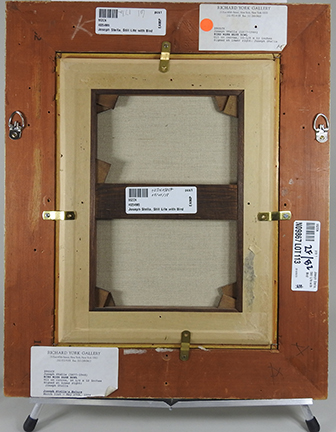
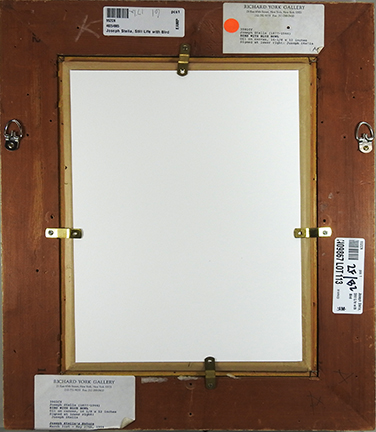 Some of the care is more complex.
Some of the care is more complex.
The yearly cleaning of Edith Barretto Parsons’ outdoor sculpture Duck Baby takes dozens of hours because of its water feature. Lime particles from the flowing water precipitate on the protective wax applied to the sculpture. Carefully picking the lime deposits off the surface of the bronze with a wooden stick is necessary, as is close inspection and removal of critters that have taken residence in the curls of the hair and other crevices. When the cleaning and inspection is complete, I apply a fresh wax coating to protect the bronze surface until the process begins again in spring of 2020. It’s a big “whew” when I’m done.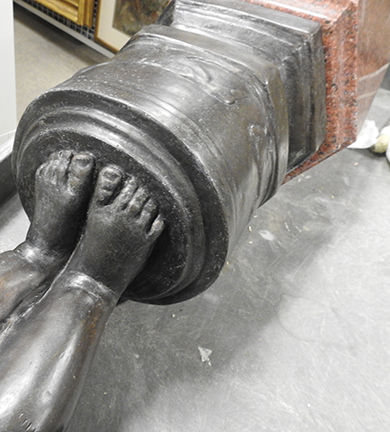
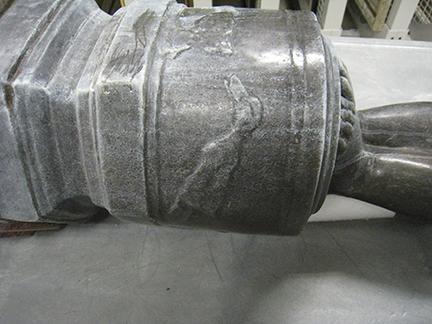
Another example of artworks requiring complex care is the Woodson Art Museum’s collection of 9,500 drawings, assembled since the early 1990s. The Museum meticulously preserves works on paper by matting and mounting each 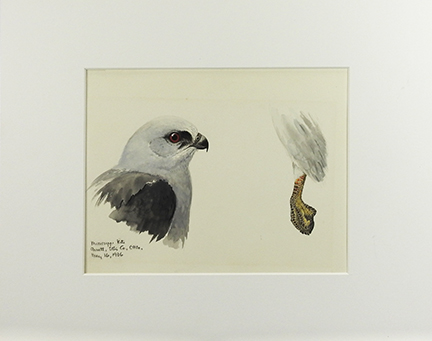 when they arrive and then storing them in conditions that maintain steady temperature and humidity. All of this is to ensure the drawings are available for
when they arrive and then storing them in conditions that maintain steady temperature and humidity. All of this is to ensure the drawings are available for 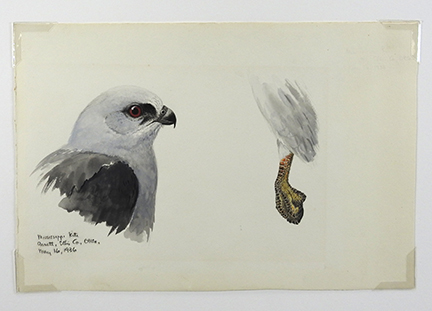 generations to come.
generations to come.
When the Woodson At Museum opened in 1976, among the attractions was Yawkey and Woodson family decorative arts. The 800 or so objects include tableware, Victorian glass baskets, scent bottles, and more, which are safely packed and stored with easy access for inclusion in exhibitions. These works haven’t been photographed since about 1989 when slides were produced. I’ve begun the process of capturing images of all the works in digital photographs. It’s going well; a mere hundred remain.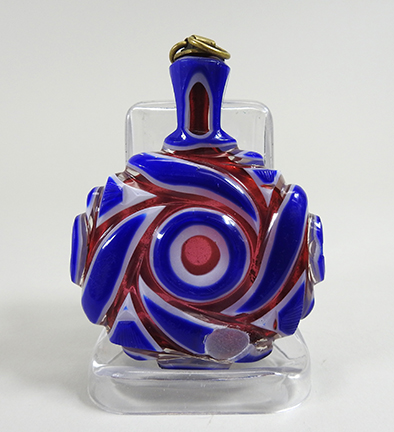
When an artwork is acquired for the collection, it’s documented. This process is called “accessioning.” On a form, I gather information about the artwork, including how it came to the collection, title, date, medium, dimensions, and more. These facts are necessary for the object file and the collections database. Then an accession number is assigned; think of it like a unique Social Security number. That number is placed inconspicuously on the object and provides useful, identifying information.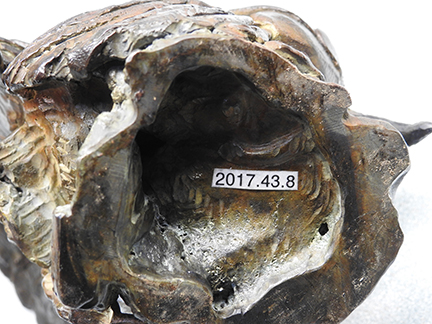
While featuring the Woodson Art Museum’s beautiful artworks in exhibitions remains a highlight for me, caring for the collection is important and ongoing. Continuing to learn about state of the art products and techniques is a cherished challenge.




